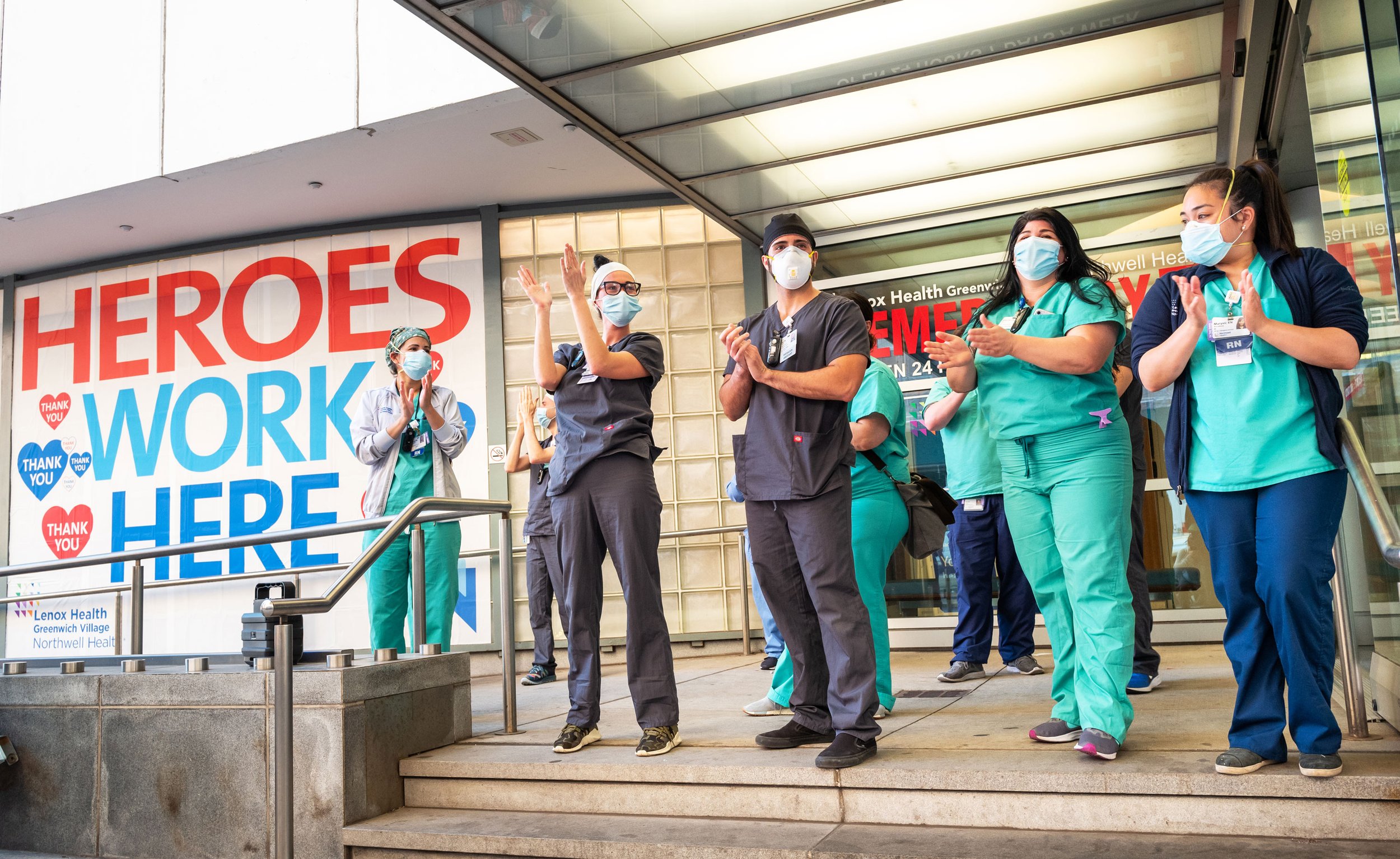Healthcare RCM: Optimize Revenue Cycle Administration for Better Results
Wiki Article
A Comprehensive Overview on How Medical Care RCM Works to Improve Invoicing and Collections
Navigating the complexities of health care earnings cycle administration (RCM) is vital for providers intending to boost their invoicing and collections processes. The overview unboxes the complexities of RCM, from person registration to accounts receivable monitoring, offering understandings into enhancing each step.Understanding Earnings Cycle Management
Understanding the intricacies of Income Cycle Management (RCM) is important for health care organizations aiming to optimize their economic efficiency. RCM is an important administrative feature that incorporates the whole monetary procedure of person care, from the first appointment establishing to the last payment of the balance. It is an intricate treatment designed to determine, collect, and take care of the profits from the solutions given to individuals. Efficient RCM makes sure that doctor receive accurate and prompt repayments, minimizing the threat of revenue loss and improving cash money circulation.The RCM procedure begins when a patient routines an appointment and extends with the individual's treatment journey, including billing and collections. A vital purpose is to lower the time in between receiving and giving a solution settlement, hence enhancing the company's monetary health. RCM entails numerous functions such as individual registration, insurance verification, fee capture, coding, claims submission, settlement uploading, and handling appeals and denials.
Secret Components of RCM
In the realm of Income Cycle Management (RCM), recognizing its essential parts is basic to attaining monetary effectiveness within health care companies. RCM is a detailed procedure that encompasses various stages, each vital to ensuring efficient billing and collections. The key parts include patient registration, insurance policy verification, charge capture, coding, claim submission, payment uploading, and receivable monitoring.

When coded, cases are submitted to payers, where precision is critical to prevent hold-ups or beings rejected - Healthcare RCM. Settlement uploading includes tape-recording the obtained repayments, which permits the reconciliation of accounts. Lastly, balance dues monitoring concentrates on tracking and resolving unsettled claims, guaranteeing timely follow-up and resolution
Each element of RCM is interconnected, and ineffectiveness in any kind of part can interrupt the entire cycle. As a result, understanding these aspects is crucial for health care service providers to optimize income and improve their economic health and wellness.
Strategies for Efficient Payment

Systematizing invoicing treatments across the organization is another vital technique. Establishing clear guidelines for documents, coding, and submission assists maintain uniformity and compliance with regulative demands. Training team consistently on these treatments makes certain everyone is updated with the current changes in billing codes and payer plans.
Accurate cost capture is crucial in preventing income leakage. Carrying out regular audits and surveillance systems permits for the recognition and improvement of disparities before they impact revenue. Furthermore, maintaining open lines of interaction with payers helps to rapidly solve any kind of disagreements or misconceptions that may occur.

Finally, interesting patients early in the payment process by providing clear price quotes and instructional materials concerning their financial responsibilities can dramatically lower complication and enhance payment timeliness. These approaches jointly add to a more effective and economically healthy and balanced payment system.
Enhancing Collections Procedures
A durable collections procedure is crucial for maintaining economic stability within health care organizations. Provided the intricacies of medical billing and the selection of payer needs, boosting the collections process involves executing critical procedures that make sure timely and precise payment of solutions rendered. Central to this is making use of modern technology to automate and simplify processes, reducing hands-on mistakes and improving efficiency. Automation tools can help in tracking insurance claim standings, sending prompt tips to people, and taking care of rejections better.Training personnel to comprehend the subtleties of insurance plan and billing codes is just as crucial. This knowledge encourages them to deal with billing disparities swiftly and communicate efficiently with clients concerning their economic duties. Additionally, clear and transparent individual communications are vital. Providing thorough explanations of fees and providing flexible layaway plan can boost person satisfaction and punctual settlements.
Regular audits of the collections procedure should be carried out to identify locations for renovation and guarantee conformity with regulations. By assessing data, health Go Here care organizations can see this here recognize patterns, prepare for prospective issues, and adapt techniques accordingly (Healthcare RCM). Inevitably, a well-enhanced collections procedure not just supports economic health but likewise adds to an extra smooth experience for people and personnel alike
Optimizing Revenue Streams
Structure upon the foundation of a strong collections procedure, health care companies can even more reinforce their monetary security by purposefully maximizing income streams. This entails a multi-faceted approach, starting with a detailed evaluation of existing earnings resources to identify ineffectiveness and areas for development. Employing innovative information analytics devices enables companies to get understandings into payer mix, patient demographics, and solution use patterns, enabling data-driven choices that improve earnings capture.Executing automated invoicing systems can substantially lower mistakes and speed up insurance claims processing, ensuring that income is accumulated extra successfully. Additionally, maximizing payer contracts through regular negotiations can enhance reimbursement rates and terms, straight impacting the bottom line. Diversifying solution offerings, such as incorporating telehealth or health care, can also attract a more comprehensive patient base, thus boosting earnings possibility.
An additional vital component is enhancing client interaction and satisfaction, as completely satisfied clients are more probable to follow treatment plans and make prompt repayments. Using adaptable settlement alternatives and transparent invoicing techniques can improve collections and foster patient commitment. Healthcare RCM. By embracing these approaches, medical care organizations can create a more resilient financial structure, guaranteeing continual development and security in an ever-changing market landscape
Conclusion
To conclude, health care Profits Cycle Management (RCM) plays a vital role in enhancing invoicing and collections processes by incorporating key parts such as client registration, insurance verification, cost capture, coding, asserts entry, and accounts receivable monitoring. By utilizing innovative innovation, standardizing treatments, and promoting patient involvement, doctor can substantially minimize case denials, increase payment cycles, and improve cash money circulation. This detailed approach to RCM eventually leads to improved monetary efficiency and sustainability for health care companies.The RCM process starts when a person routines a visit and expands through the client's care trip, consisting of billing and collections.One more important component is see this improving person engagement and fulfillment, as satisfied people are more most likely to stick to therapy strategies and make timely repayments. Supplying adaptable payment choices and transparent invoicing methods can boost collections and foster client loyalty.In final thought, health care Profits Cycle Management (RCM) plays a critical duty in maximizing payment and collections processes by integrating key parts such as individual enrollment, insurance verification, cost capture, coding, claims submission, and accounts receivable administration. By employing sophisticated innovation, systematizing treatments, and cultivating person engagement, healthcare service providers can considerably minimize insurance claim denials, increase repayment cycles, and enhance cash circulation.
Report this wiki page